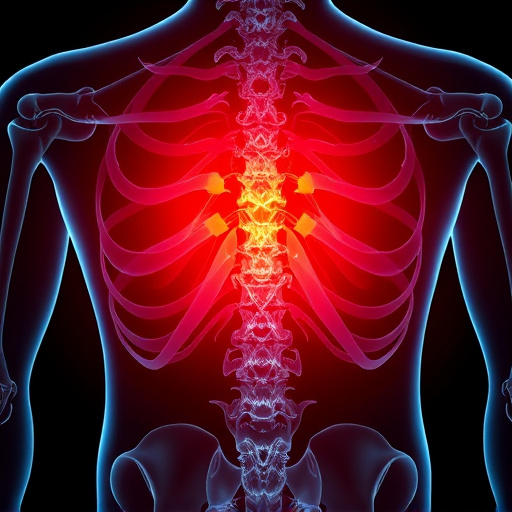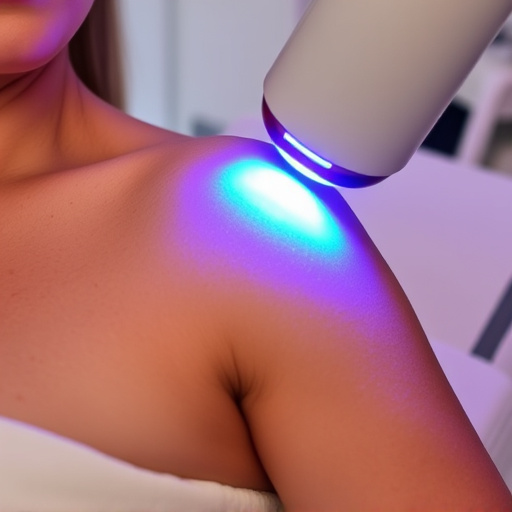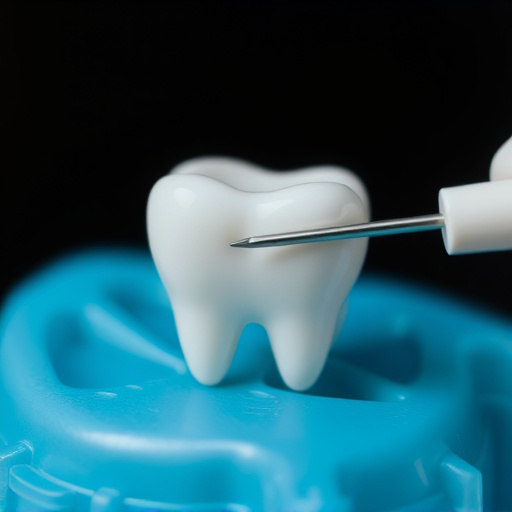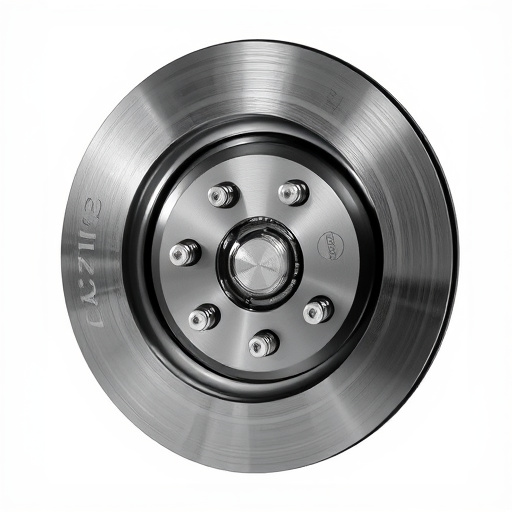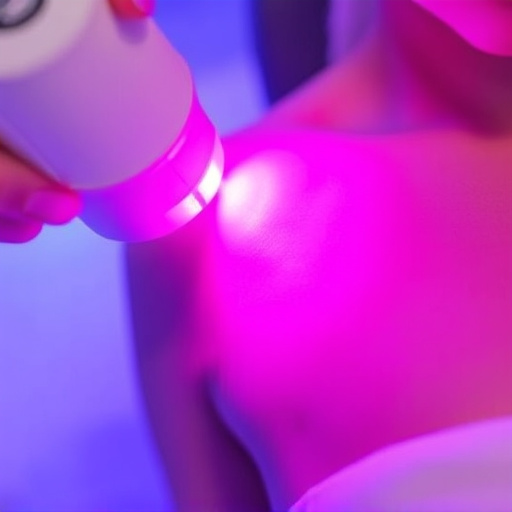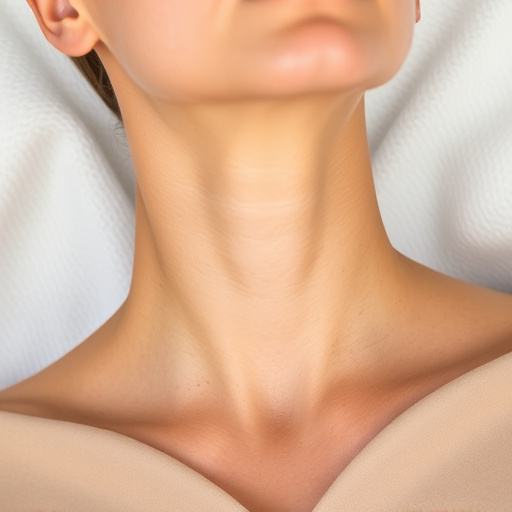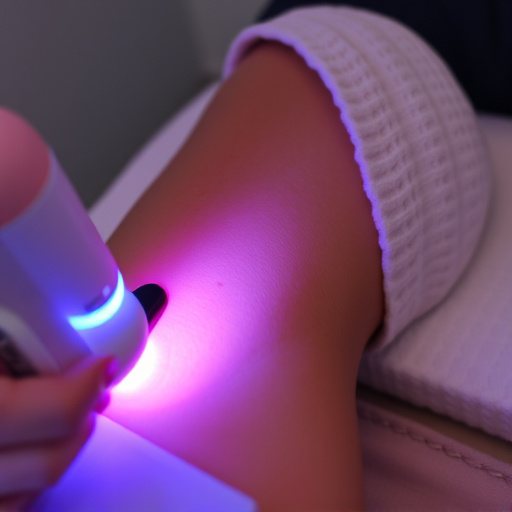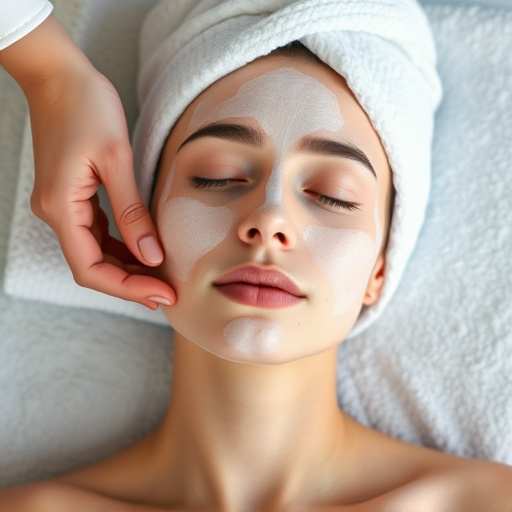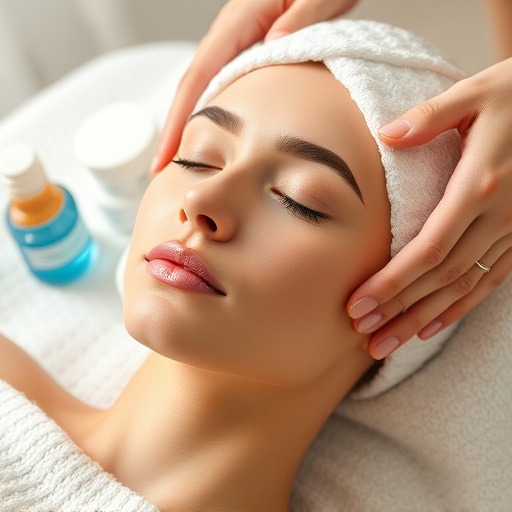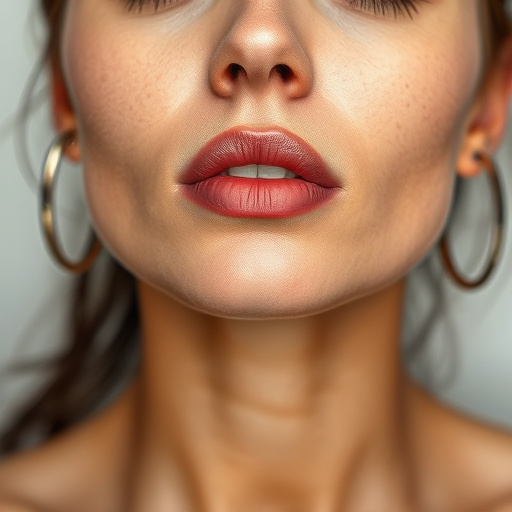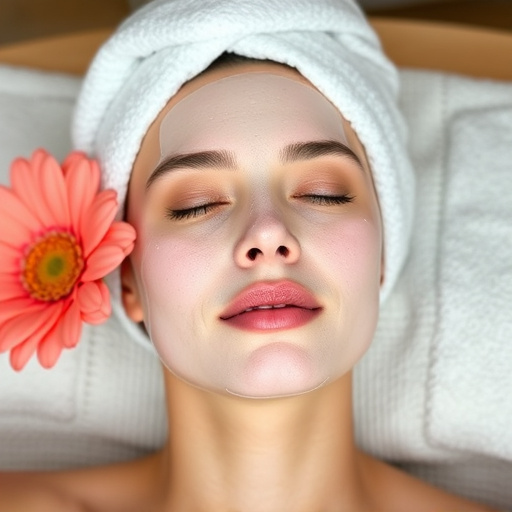Stretch marks, caused by rapid growth or weight changes, can be treated with aesthetic methods like chemical peels and topical retinol, vitamin C, and niacinamide. Non-invasive techniques such as hydrating facials and microneedling also improve skin elasticity and reduce stretch mark visibility, emphasizing the importance of consistent skincare routines for effective stretch mark treatment.
Stretch marks, often unsightly red or white lines on the skin, are a common concern. They can be caused by rapid weight gain, pregnancy, or growth spurts. Understanding their causes and types is the first step towards effective treatment. This article explores various topical treatments for fading red and white marks, as well as non-invasive techniques to reduce their visibility. Discover professional tips and natural remedies for achieving smoother, more even skin with improved stretch mark treatment.
- Understanding Stretch Marks: Causes and Types
- Topical Treatments for Red and White Marks
- Non-Invasive Techniques to Reduce Visibility
Understanding Stretch Marks: Causes and Types

Stretch marks, scientifically known as stria distensae, are common skin markings that often appear during rapid growth or weight fluctuations. They can be a source of concern for many individuals due to their unappealing red and white appearance. Understanding the causes and types of stretch marks is crucial when considering effective stretch mark treatments.
There are several factors that contribute to the formation of stretch marks, including hormonal changes, rapid weight gain or loss, and skin elasticity. They can occur on various parts of the body, such as the abdomen, thighs, hips, and breasts. There are two primary types: striae rubrae (red stretch marks) and striae albae (white stretch marks). The former appears immediately after the injury to the skin and is caused by dilated blood vessels. Over time, these red marks often fade to white, becoming less noticeable but still leaving a visible scar. Different aesthetic treatments, including chemical peels, can help improve skin health and reduce the appearance of both types of stretch marks.
Topical Treatments for Red and White Marks

While many people associate stretch marks with pregnancy or rapid growth, they can also appear due to weight fluctuations or aging. For those dealing with fading red and white marks, several topical treatments offer hope for improvement. Products containing retinol, vitamin C, and niacinamide are popular choices as they stimulate collagen production and even out skin tone.
In addition to over-the-counter creams, professional treatments like hydrating facials and customized facials can be beneficial. Personalized skincare routines that incorporate targeted serums and topicals, along with regular exfoliation, can help reduce the visibility of these marks over time. Remember, consistency is key when it comes to stretch mark treatment for best results.
Non-Invasive Techniques to Reduce Visibility

Many people opt for non-invasive techniques to reduce the visibility of fading red and white stretch marks. One popular approach is stretch mark treatment with hydrating facials, which deeply nourish and moisturize the skin, helping to improve its elasticity and overall appearance. These facials often incorporate ingredients like hyaluronic acid and vitamin E, known for their hydrating properties.
Another effective method is microneedling therapy, where tiny needles are used to create micro-wounds in the skin, prompting a healing response that can stimulate collagen production. This process not only improves skin texture but also helps to fade stretch marks by enhancing the growth of healthy new skin cells. Additionally, it promotes better absorption of subsequent skincare products, further enhancing stretch mark treatment results.
While stretch marks can be a source of concern, various effective stretch mark treatment options exist. Understanding the causes and types of these marks is key, followed by exploring suitable topical treatments for red and white stretch marks. Non-invasive techniques further enhance the visibility reduction possibilities. By combining these approaches, individuals can achieve better skin tone uniformity and boost their confidence. Always consult a dermatologist to determine the best personalized stretch mark treatment plan.
